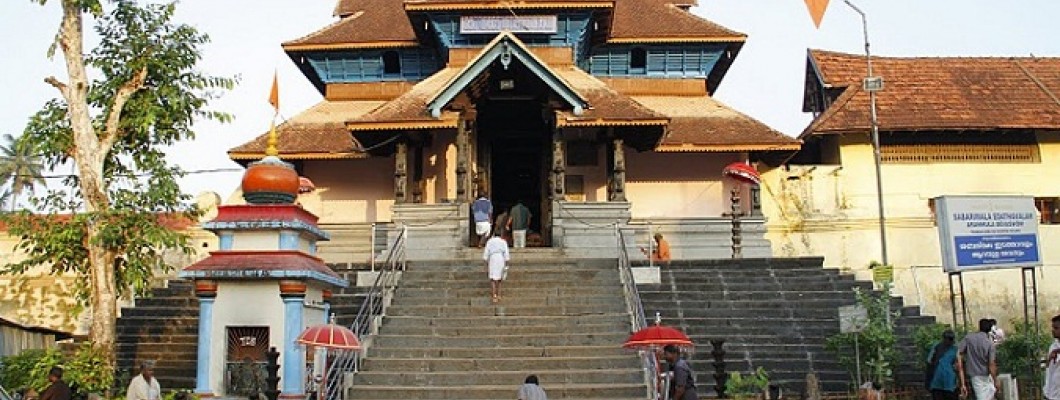
Located near Aranmula, Pathanamthitta, Aranmula
Parthasarathy Temple is a famous temple dedicated to Lord Vishnu. It is one of
the "Divya Desams", the 108 temples of Vishnu. Here, Lord Vishnu is
worshipped as Lord Krishna (Parthasarathy). The temple is administered by
Travancore Devaswom Board of the Government of Kerala.
Location Kerala, Alapuzzha, Thiruvananthapuram
Legend
According to the legends, Pandavas left for pilgrimage after
crowning Parikshit. They visited Kerala and each of the brothers installed
idols of Lord Vishnu on the banks of Pamba river and nearby places and offered
worship. Thrichittatt Maha Vishnu Temple by Yudhishthira, Puliyur Mahavishnu
Temple by Bheema, Aranmula by Arjuna, Thiruvanvandoor Mahavishnu Temple by
Nakula and Thrikodithanam Mahavishnu Temple by Sahadeva. According to the
legends, Arjuna brought the idol in Aranmula in a raft made of six pieces of
bamboo and hence the place got the name Aranmula (six pieces of bamboo). It is
said that Arjuna built this temple to redeem the sin of killing Karna on the
battlefield.
Architecture
The temple is built in Kerala style architecture, which is
common in all temples in the South Indian state of Kerala in Eastern axis. The
temple has an elevated structure reached by a flight of 20 steps. The temple
has a two storeyed gopuram or a gateway tower, with the upper storey having
wooden trails covering the Kottupura (a hall of drum beating during festivals).
A rectangular wall around the temple, called Kshetra-Madilluka, is interrupted
by the gateways, encloses all the shrines of the temple. The metal plated
flagpost or Dwajasthambam is located axial to the temple tower leading to the
central sanctum and there is a Deepastamba, which is the light post.
Chuttuambalam is the outer pavilion within the temple walls. The central shrine
and the associated hall is located in a rectangular structure called
Nallambalam, which has pillared halls and corridors. Between the entrance of
Nallambalam to the sanctum, there is a raised square platform called Namaskara
Mandapa which has a pyramidal roof. Thevrapura, the kitchen used to cook
offering to the deity is located on the left of Namaskara Mandapa from the
entrance. Balithara is an altar is used for making ritualistic offering to
demi-gods and the festive deities. The central shrine called Sreekovil houses the
image of the presiding deity. It is on an elevated platform with a single door
reached through a flight of five steps. Either sides of the doors have images
of guardian deities called Dvarapalakas. The central shrine has a circular plan
with the base built of granite, super structure built of laterite and conical
roof made of terrocata tile supported from inside by a wooden structure. The
lower half of Sree Kovil consists of the basement, the pillar or the wall,
called stambha or bhithi and the entablature called prasthara in the ratio
1:2:1, in height. Similarly the upper half is divided into the neck called
griva, the roof tower called shikhara and the fonial kalasam (made of copper)
in the same ratio. The roof projects in two levels to protect the inner structure
from heavy rains during monsoon. The roof of the temple and some of the pillars
have lavish wood and stucco carvings depicting various stories of ancient
epics, Ramayana and Mahabharatha. The outer walls around the sanctum have a
series of wooden frames housing an array of lamps, which are lit during festive
occasions. The temples have paintings on its walls dating back to early 18th
Century.
Culture
Chengannur is marked by temples and art forms related to
temple. This gives another dimension to the legends related to temples here.
Darsan Info
Parthasarathy is the other name of Krishna on account of his
role as Arjuna's Charioteer in the Mahabharata war. It is one of the most
important Krishna temples in Kerala, the others being at Guruvayur Temple,
Trichambaram Temple, Tiruvarppu and Ambalappuzha Sri Krishna Temple.
Darsan Dresscode
Typical Kerala traditional wear is preferred, including
dhothi for men and saree for women.
Temple Rituals
Ashtamirohini - birth day of Lord Krishna - is also
celebrated here in a grand style.The famous ritualistic mass feast, Ashtami
Rohini 'vallasadya', will be held on this day. Thousands of devotees from
different parts of the State will take part in this feast and is considered as
the 'prasadom' of the presiding deity. The Palliyoda Seva Sanghom (PSS) has
been organising the vallasadya on the temple premises for the past several
years. Rice is served along with 32 side dishes on the day. The vallasadya will
begin in front of the holy temple mast immediately after the utcha pooja at the
temple. More than 30 Palliyodams will participate in vallasadya and the temple
premises will be packed with devotees right from the morning. The Palliyodams
carrying devotees from each kara in and around Aranmula will stage the Ashtami
Rohini boat race and will reach the temple ghats in a procession by 11 a.m.
After a rousing reception they will circumambulate the temple, chanting the
vanchippattu, verses in praise of Lord Krishna, before partaking of the
vallasadya.
Special Rituals
The sacred jewels, called Thiruvabharanam of Ayyappan are
taken in procession to Sabarimala each year from Pandalam, and Aranmula Temple
is one of the stops on the way. Also, the Thanka Anki, golden attire of
Ayyappa, donated by the king of Travancore, is stored here and taken to
Sabarimala during the Mandala season of late December.
Additional Info
![]()
Nalukettu Opposite Manikandan Aalthara, Poozhikad Muttar
Road, Pandalam, Kerala 689501 Kenchik Kollam-Theni Hwy, Chengannur, Kerala
689121 Phone:086060 32785
![]()
Supermarket : Available











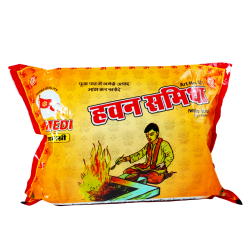
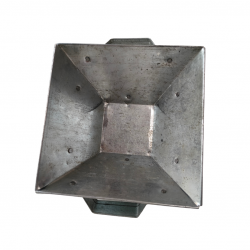
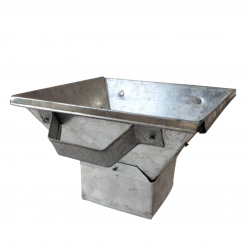
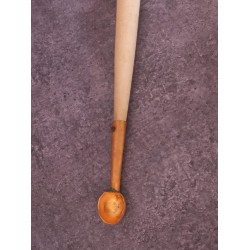
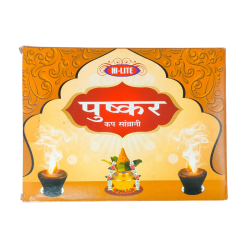
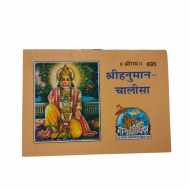
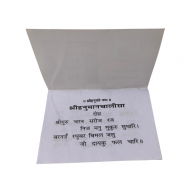
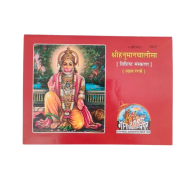
-190x190.png)
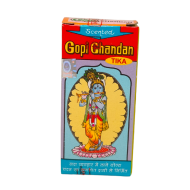
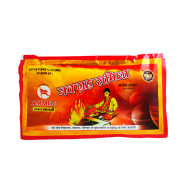
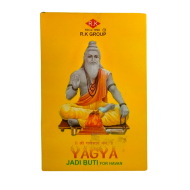
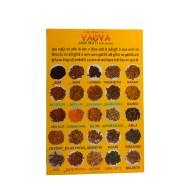
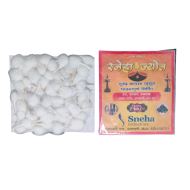
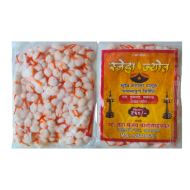
Leave a Comment